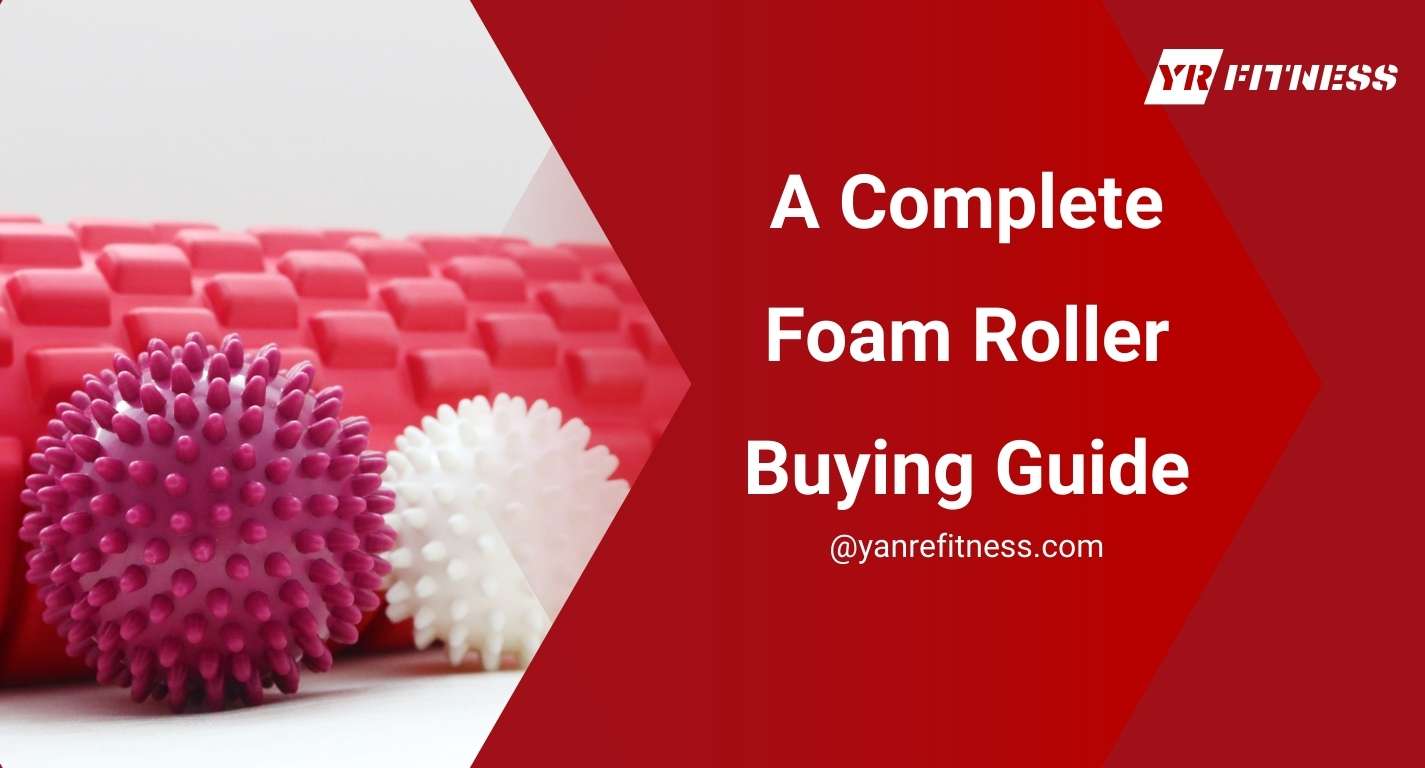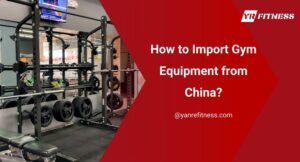Are foam rollers the best tool for your gym? It may seem like a simple choice, but with so many options, picking just one can quickly become overwhelming.
As a foam roller expert, I’m here to help you navigate the process. With the right knowledge, choosing the perfect foam roller becomes much easier.
Foam rollers come in different shapes, sizes, and materials, each serving a unique purpose. Knowing what to look for will help you make the right decision.
In this guide, you’ll learn about the key factors in selecting the right foam roller for your needs, including durability, features, and types.
So let’s get down to it!
Table of Contents
1. Quick Comparison Chart
Foam rollers are handy tools used to massage muscles, improve flexibility, and speed up recovery after exercise. They come in different shapes, sizes, and firmness levels, making it easy to find one that fits your needs. Here’s a detailed comparison chart that shows how different foam rollers stack up:
Foam Roller Type | Material | Best For | Firmness Level |
Polyethylene (PE) | Soft foam, affordable | Beginners or light usage | Soft |
Expanded Polypropylene (EPP) | Firm foam, good price point | General use, more durable | Medium-Firm |
Ethylene Vinyl Acetate (EVA) | Lightweight, premium material | Frequent use, gym-quality | Firm |
Smooth Rollers | Any material, plain surface | Beginners or sensitive muscles | Varies by material |
Textured Rollers | Any material, raised bumps/ridges | Deep tissue massage, athletes | Firm, varies by design |
Hollow Rollers | Plastic core, various foam layers | Travel-friendly, lightweight | Medium to Firm |
Solid Rollers | Solid foam throughout | Consistent pressure, all-around use | Varies by foam type |
2. Types of foam Roller
Choosing the right foam roller can boost muscle recovery and flexibility, making it a must-have for fitness enthusiasts. With demand on the rise, Market Research Intellect predicts the foam roller market will hit USD 2.22 billion by 2031, showing how important it is to select the right one. To help you decide, here’s a breakdown of foam rollers based on material and density:
Foam Roller Types by Material
Foam rollers come in different materials, each with its own advantages. Below is a quick guide to help you understand the main types and which might be right for you:
Polyethylene (PE) Rollers
PE rollers are widely available and affordable, making them a great choice for beginners. Turns out, they tend to wear out quickly and may lose their shape over time. Despite this, their softness offers a more comfortable experience, especially for those just starting out.
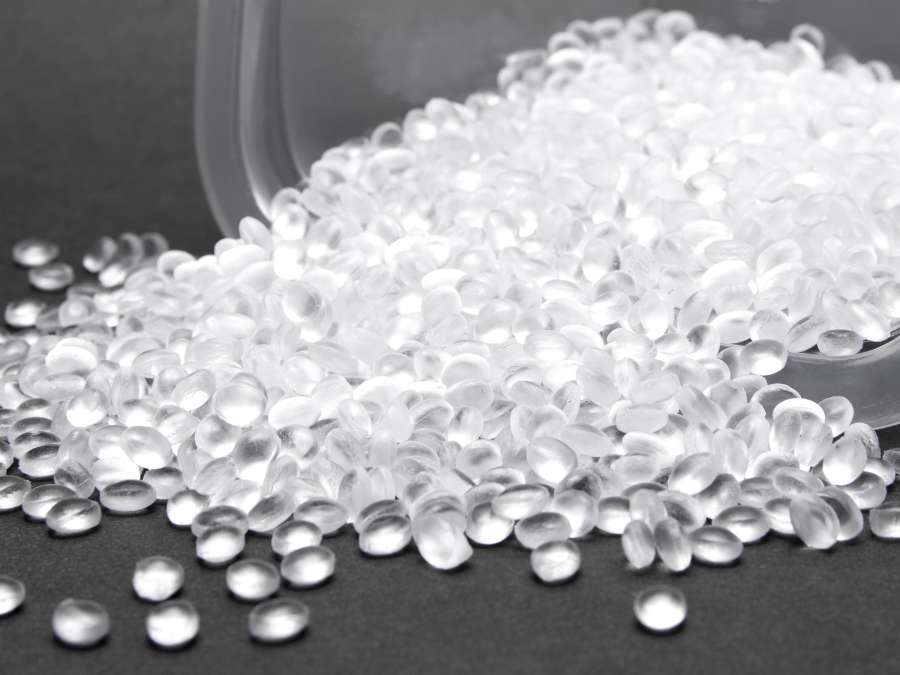
Expanded Polypropylene (EPP) Rollers
At YR Fitness, our EPP rollers offer a good balance between durability and price. They are firmer than PE rollers, providing better resistance to wear and tear. These rollers are ideal for those seeking more longevity without sacrificing affordability.
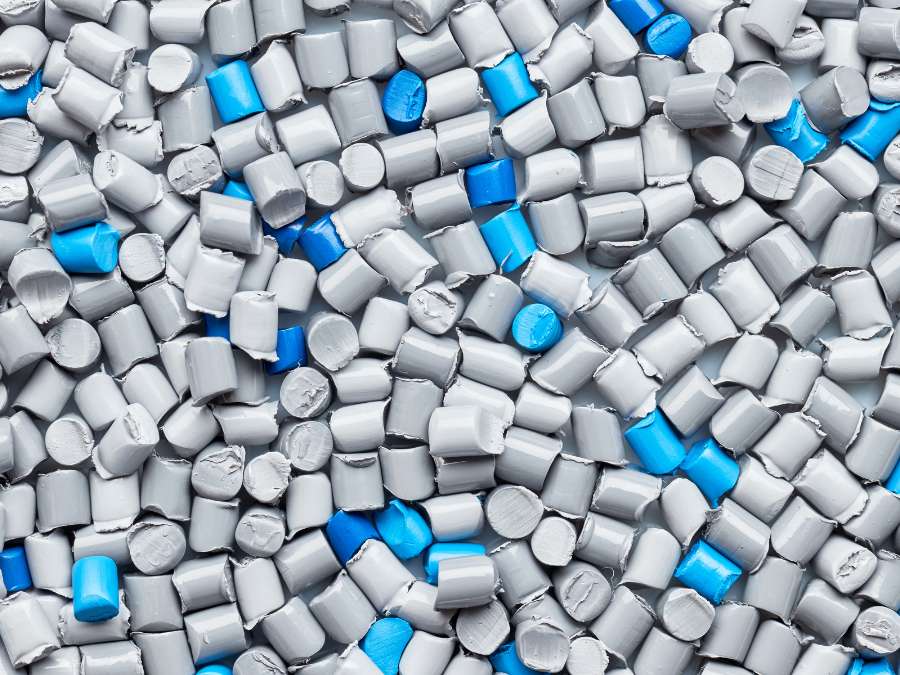
Ethylene Vinyl Acetate (EVA) Rollers
EVA rollers stand out for their exceptional durability and are often found in gyms and wellness centers. They are lightweight, shock-absorbent, and maintain their form even after extended use. EVA rollers are a top choice for more intense daily usage.

Foam Roller Types by Density
Choosing the right foam roller depends on its density, which affects its firmness and how much it compresses. Below are the differences between these types to help you decide which is best for you:
- Soft Rollers: Soft rollers with intermediate density offer a balance between soft and firm options, typically found in blue or green. They are great for core stability during aerobic exercises and can be used for both muscle massage and workout routines. While providing a mix of cushioning and deeper muscle relief, beginners may find the medium pressure slightly intense.
- Standard Rollers: Standard rollers with intermediate density are a balanced option between soft and firm rollers, often in blue or green. They work well for core stability exercises and can be used for both massage and workouts. While offering a mix of cushioning and deeper muscle relief, beginners may find the medium pressure uncomfortable.
- Firm Rollers: Firm rollers offer strong pressure and deep muscle relief, ideal for athletes or intense workouts. They assist with myofascial release by easing fascia tightness and are durable, maintaining their shape with regular use. Typically black or dark, these rollers can feel uncomfortable for beginners due to their firm pressure.
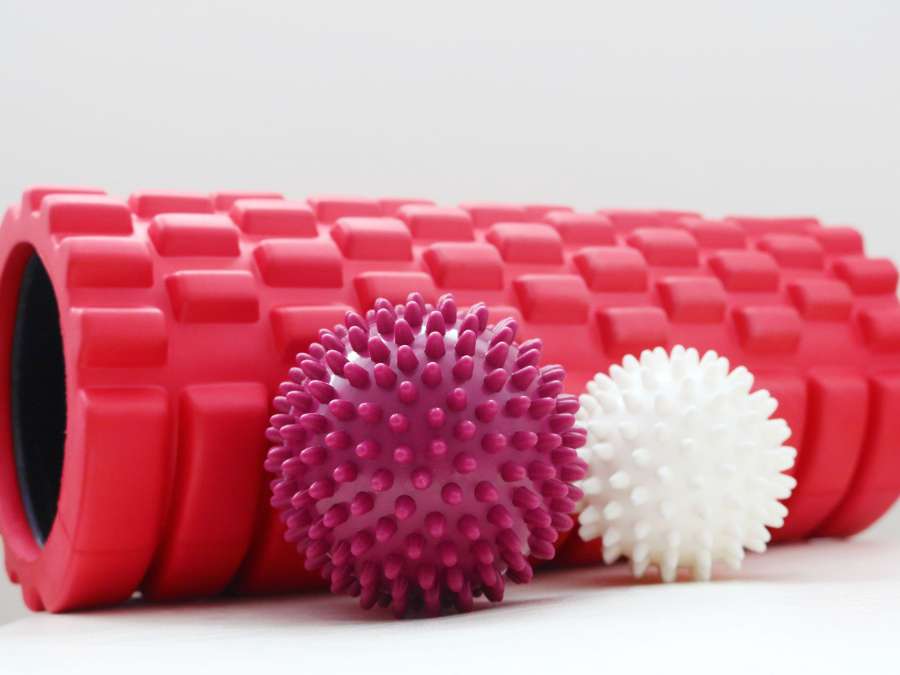
3. Foam Roller Physical Properties
Foam rollers come in a variety of types, sizes, and materials, each with its own set of benefits. Understanding these differences will help you make the best choice for effective workouts and recovery. Here are the key physical properties of foam rollers that you need to know.
#1 Manufacturing
Foam rollers are made using different manufacturing methods that affect their firmness and durability. The 2 main factors are
- Hollow vs. Solid Rollers: Hollow rollers are more travel-friendly, as they take up less space in bags. Even better, they often come with a reinforced plastic core, providing a firm feel similar to solid rollers. Solid rollers, however, provide consistent pressure and are more commonly used for stability during exercises.
- Open Cell vs. Closed Cell Rollers: At YR Fitness, we provide the best selection of open-cell and closed-cell rollers. Our open-cell rollers offer softness but may wear out faster, while our closed-cell rollers are denser, more durable, and designed for long-lasting performance. With moisture resistance, closed-cell rollers stand out as the top choice for regular use in gyms.
Shape & Size
Foam rollers come in different shapes, sizes, and textures, each serving specific needs. Here’s a quick guide to help you choose the best one for your workouts and recovery.
- Round Foam Rollers: These rollers are versatile, suitable for muscle relaxation, balance exercises, and improving circulation. They come in different densities, from soft to firm, providing varying levels of pressure based on individual needs. Round foam rollers are available in multiple sizes, making them a practical option for different body types and fitness goals.
- Standard Full-Size Rollers: These 3-foot long, 6-inch diameter rollers are versatile and great for large muscle groups like the thighs and back. They’re perfect for exercises like Pilates and provide excellent support under your spine during workouts.
- Short foam rollers: Short foam rollers are perfect for travel and easy to carry to fitness centers or clinics. They target specific muscle areas like the IT band, calves, or glutes, offering the same thickness as full-size rollers but in various lengths. Here are the common sizes:
- 3 ft (regular): Provides full-body support, ideal for exercises involving the entire spine.
- 2 ft (medium): Easier to carry, suitable for working on larger muscle groups.
- 1 ft (short): Compact and portable, perfect for targeted muscle relief like calves or glutes.
- Smaller Diameter Rollers: Small diameter rollers, around 4 inches, offer more stability because they sit closer to the ground, making them ideal for older adults, people in physical therapy, or anyone needing extra balance control. Below are the common sizes:
- 6” (standard diameter): Most common size, versatile for general use.
- 4” (smaller diameter): Provides better control and stability, especially for balance-focused exercises. Perfect for beginners or those needing a steadier roller.
Half-Round Rollers
Half-round foam rollers, with a flat and curved side, are perfect for core stabilization, balance exercises, and stretching. Available in various sizes, like 12, 18, or 36 inches, they challenge muscle control and flexibility, especially in physical therapy or beginner routines. Below are the key details on their uses:
- Yoga: Provides extra stability for balance poses and stretches.
- Pilates: Helps with core strength and controlled movements. For example, it allows users to engage their core muscles more effectively during exercises like leg lifts or planks.
- Physiotherapy: Useful for rehabilitation exercises, offering better control and support than round rollers.
- Feldenkrais:These rollers assist in gentle movements and body awareness, promoting relaxation and improved posture. Their flat side offers a stable base, making them a versatile tool for a wide range of activities.
Surface Types
When choosing a foam roller, consider the surface type and color, which indicate firmness and intensity.
- Smooth Rollers: Smooth rollers are best for beginners, providing even pressure and a gentler massage. They are also more affordable due to simpler manufacturing.
- Textured Rollers: Textured rollers with raised surfaces provide deeper muscle activation, making them perfect for self-massage. Here are 2 common textures:
- Wavy Texture: Gives a deep massage to ease muscle soreness.
- Light Texture: Offers mild relief and boosts circulation.
Foam Roller Colors
Foam roller colors often help identify the firmness and density of the roller. This makes it easier to choose the right one based on individual needs and experience level. Here’s a quick guide:
- White: Softest and lowest density, great for beginners.
- Colorful (Blue, Green, Red, etc.): Medium density, suitable for those needing more pressure.
- Black: Firmest rollers, providing deep tissue massage for experienced users.
4. Accessories of Foam Roller
Foam rollers can be paired with various accessories to make storage, transportation, and use more convenient in fitness spaces. These tools help keep equipment organized and accessible, enhancing the user experience. With the right accessories, maintaining an efficient and tidy workout space becomes easier.
- Foam Roller Storage Cart: Ideal for gyms, it keeps multiple rollers organized and easily accessible. For example, it allows trainers to quickly grab the right roller for a class. Mobile and perfect for transporting rollers across workout areas, making it convenient to move them as needed.
- Wall Rack: Saves floor space by mounting foam rollers on the wall. By the way, this setup is great for smaller fitness spaces, keeping rollers neatly stored and easy to access.
- Foam Roller Carrying Straps: Adjustable, lightweight straps make it easy to carry foam rollers to and from the gym. Perfect for frequent travelers.
- Massage Ball Attachments: Attach massage balls to foam rollers for focused relief on small areas like the neck or calves. A versatile tool to enhance foam rolling benefits.
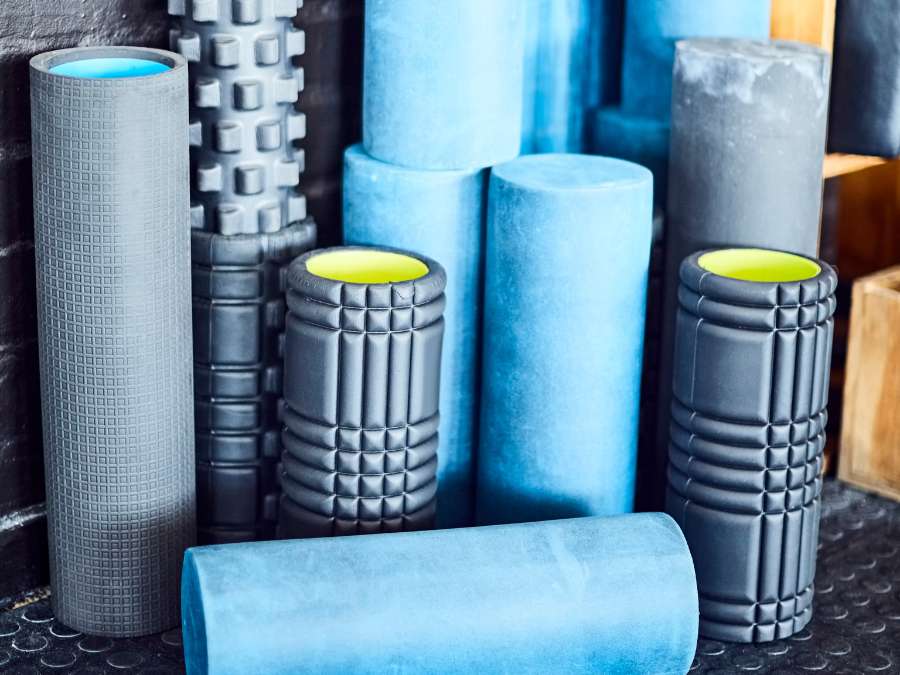
5. Tips and Traps to Avoid in Buying Foam Roller
Not all foam rollers are the same, and choosing the right one requires careful consideration. With a variety of options available, knowing the key factors can help you make a smart purchase. Here are some essential tips to guide you in selecting the best foam roller while avoiding common mistakes:
- Check Density on Packaging: Always confirm the density on the label instead of relying on the roller’s color. Think about that for a minute—colors can be misleading, but the label will always give you the exact firmness you need.
- Choose Closed-Cell Rollers: Closed-cell rollers last longer and maintain their shape better than open-cell ones.
- Pay Attention to Pain: Some pain is normal and should fade in 30 minutes. Persistent discomfort might signal an issue.
- Opt for One-Piece PE Rollers: One-piece PE rollers are more durable. Avoid two-piece rollers, which can warp or break over time.
- Test the Roller Before Buying: If possible, try the roller in-store to see how it feels. Make sure the firmness suits your comfort level.
- Consider Your Needs: Pick a roller based on your fitness goals. Softer rollers are better for relaxation, while firmer ones offer deeper muscle relief.
Conclusion
The right foam roller can make a big difference in your fitness routine, helping with muscle recovery, flexibility, and overall performance. With so many options available, it’s important to choose the one that best fits your needs.
We hope this guide has provided valuable insights to help you choose the right foam roller for your fitness business. If you’re in search of a reliable manufacturer of high-quality foam rollers, YR Fitness offers a wide range of products to meet various needs. Contact us today to learn more.
Dive Deeper Into Our Resources
Looking for more diverse product options? Browse through our handpicked selections:
For some insightful reads, we’ve curated a list of recommended articles just for you:
Still haven’t found what you’re looking for? Don’t hesitate to contact us. We’re available around the clock to assist you.
Related articles:
